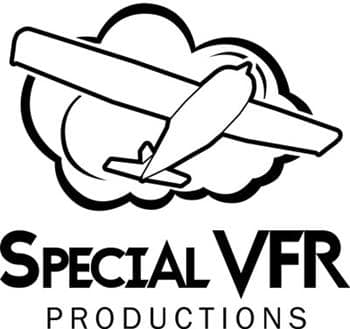Embry-Riddle understands how important it is to be able to budget for your flight training. To help you in that process, we are providing financial information of the costs and hours associated with each of our flight courses. Additionally, resource rates are available to all flight students via a report that can be generated on demand through ETA, the flight management system; so their training cost can be monitored as they progress through the course.
The cost of flight training at Embry-Riddle is an expense that is hard to quantify for each individual student. There are many variables associated with the training and no two students will have the same flight training experience. The Flight Department staff works hard to give each student the best training available but students have different learning styles and progress at different rates.
We calculated the average billable hours for each course. The averages were taken from January 1, 2022, through December 31, 2022, for all students who completed a course. The population did not include students who were building time to meet a predetermined requirement for contract. Listed are the median days to completion and course costs (below) in the Daytona Catalog.
For more detailed information on specific resource rates, please refer to our resource costs page.
Flight Course Track
Embry-Riddle Flight training involves no time-building between courses. The following track totals represent median costs, days and hours under normal academic circumstances. Costs do not include books and equipment associated with flight training attained while attending the Embry-Riddle Daytona Beach campus.
Minimum Courses Required to Complete AeroSci degree or Flight Minor/AOC
|
Class |
Name |
Days to Complete |
Median Cost |
|---|---|---|---|
|
1 |
FA 121 Private Pilot ASEL |
281 |
$33,503 |
|
2 |
FA 221 Instrument |
194 | $16,924 |
|
3 |
FA 321 Commercial Pilot ASEL |
264 | $23,468 |
|
4 |
FA 323 Commercial Pilot AMEL Add-On |
123 | $15,137 |
|
Totals: |
862 | $89,032 | |
Additional Flight Courses Offered
|
Class |
Name |
Days to Complete |
Median Cost |
Notes |
|---|---|---|---|---|
|
1 |
FA 417A Certified Flight Instructor ASEL |
203 |
$16,508 |
Ground Lab Required |
|
2 |
FA 417I Certified Flight Instructor - Instrument |
65 |
$8,299 |
Ground Lab Required |
|
3 |
FA 460 Multi-Engine Instructor |
64 |
$7,390 |
Elective Course |
Flight Costs 101
Flight training is expensive, so planning to manage your flight cost is critical. Flight costs are not billed as part of your tuition; you will pay as you go. Here are our top five tips to manage and minimize your costs.
Tip #1: Don’t let yourself run out of funds midway through training! If you can’t cover the cost of scheduled flight training, you will lose your flight block. If you lose your flight block, you’ll also lose much of the proficiency you’ve gained and can find yourself having to retake lessons, incurring more costs. Estimate your costs for the semester to ensure you have enough money to avoid unnecessary delays in training. We recommend starting with the entire average cost of the flight course you are beginning.
Tip #2: The more frequently you fly, the more money you’ll save in the long run because you’ll be making steady progress. BUT the more frequently you fly, the faster you’ll rack up costs, so you need to plan for periods when flight training is accelerated, like private pilot training or over the summer months.
Tip #3: Monitor your flight funds regularly. Keep track of your weekly and monthly flight costs so you can anticipate your needs moving ahead, and can take action to secure more funding before you risk losing your flight block. Always ensure that you have funds available so that you can avoid delays in training.
Tip #4: Make flight training your priority. Many students travel home for holidays and summers, but for flight students, this break in training can be a serious setback. Consider staying on campus at critical junctures in your training. The average student who stops training during winter or summer breaks spends over $2000 more overall than students who stay to complete their flight training; stay during breaks to reach flight training milestones. In addition, flying over the summer months can also save you money and accelerate progress. Just remember – more frequent flying means more dollars need to be available to you.
Tip #5: Expect the unexpected. Poor weather, your health, unscheduled aircraft maintenance and other factors can slow your progress – and progress equals savings. Be ready by having a cushion in your flight funds. Work with your Training Manager and Instructor Pilot to adjust your plans so you don’t fall behind.
More money spent upfront means less money spent in the long run. Make sure your flight account is prepared to support your success!

